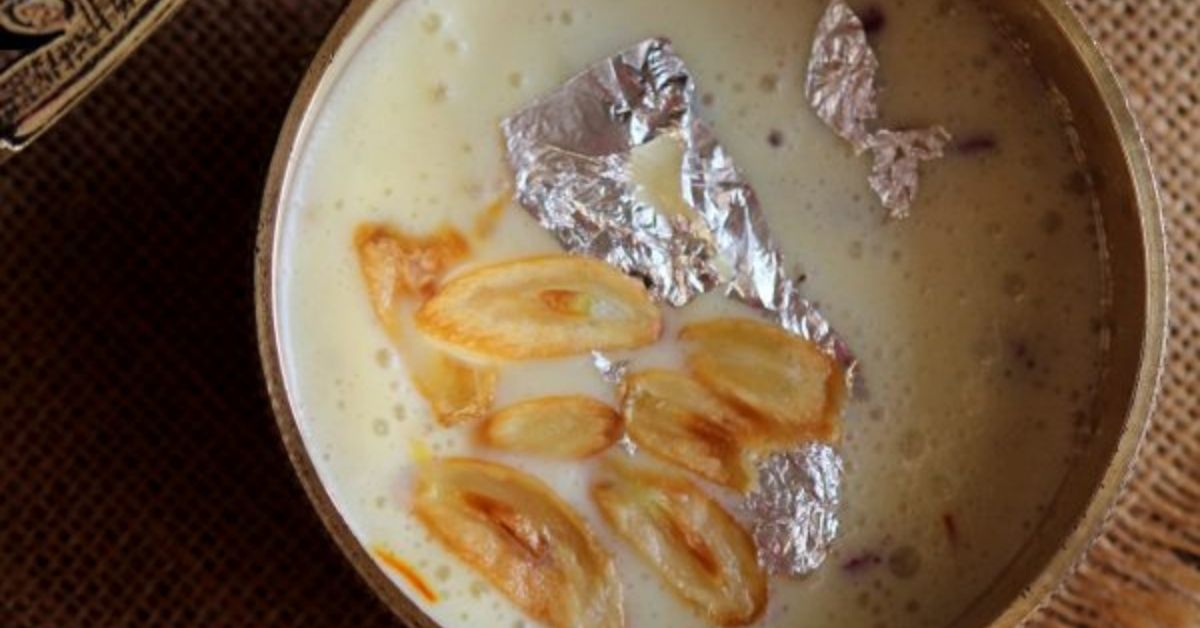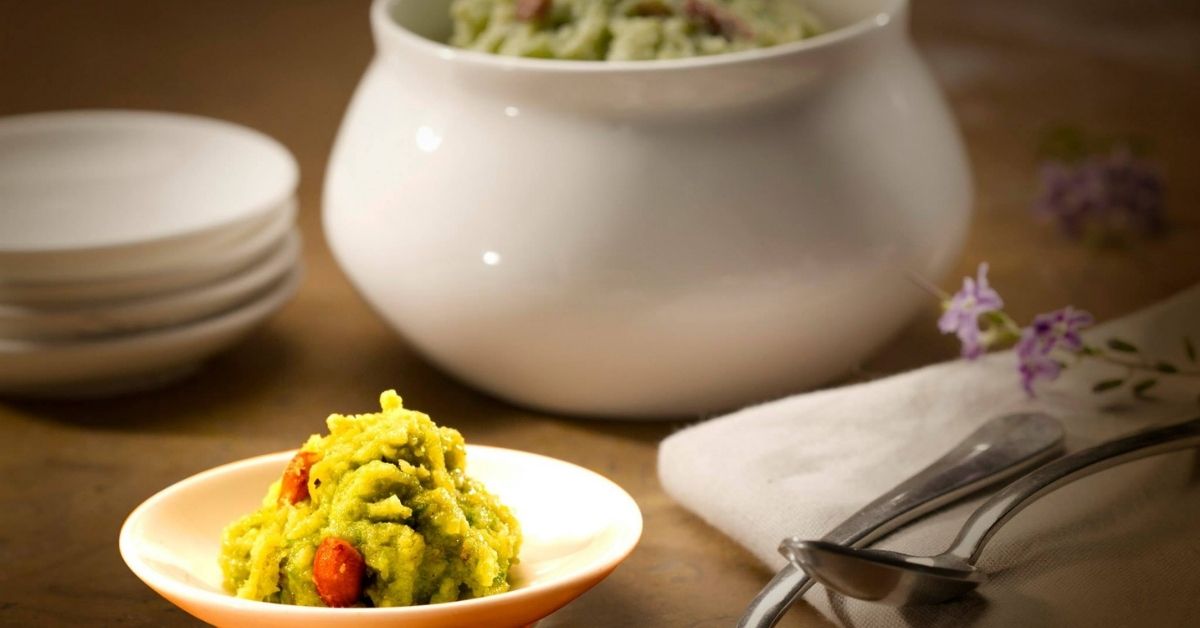If you are on social media, you must have come across the horrors of bizarre food combinations such as rasgulla biryani, Nutella Maggi, or even ice cream samosas. While the extent of our imagination is appreciated, most of these combinations scream bloody murder (of flavours).
But, what if I told you creating bizarre food combinations is not a post-pandemic or 21st-century hobby of new-age cooks, rather an ancient practice perfected by many of our ancestors. While these ‘viral’ foods are more often a miss than a hit, it’s safe to say that the ancient ‘fusion’ food combinations are largely treasures hidden in the culinary complexities of Indian cuisine.
In the aforementioned names of modern bizarre food combinations, did you notice the pattern of combining perfectly delicious savoury dishes with popular desserts? This too probably is not an original idea as our ancestors managed to beat us at that as well. The only difference is that they did it right!
Hence paying homage to their superior sense of flavour, here are some lesser-known unusual food combinations from the yesteryears that are gems you should try out:
Benami Kheer

An offspring of Awadhi culinary excellence, this one is not your ordinary kheer but one shrouded in mystery. Awadhi cuisine is very famous across the world, especially for its unique and refined flavours. But there is something else that maintains its allure — the secrecy of the royal Khansamas (royal chefs) who were the creators of its excellent dishes. Benami kheer is one such example of sophisticated Awadhi culinary skills and secrecy.
For the longest time, the protectors of its recipe would never give out the name of its primary ingredient, which was garlic. Owing to this, instead of being called Lehsun ki Kheer, it was known as Benami kheer, which translates to ‘a kheer without a name’. The real skill here is to manage to eliminate the pungency of the garlic by blanching it with alum water. Then the crushed garlic is cooked in milk for hours to render a creamy and nutty texture. Finally, it is topped with slivers of odourless garlic that imitate slivers of almond.
Adrak ka Halwa
An excellent outcome of Rampuri cuisine, it is believed that the inception of Adrak ka Halwa or ginger halwa can be traced back to the descendants of Nawab Khan, who was advised to eat ginger to treat an ailment. However, the Nawab was averse to the pungent flavour of ginger and would refuse to consume it. It was then on the khansamas of the royal kitchen to cook up a solution — Adrak ka halwa.
An indulgent preparation, it is made by cooking grated ginger, sugar, milk and desi ghee for over 3 hours. The creamy and gooey kheer is then flavoured with zaffran and chironji that further enhance the texture and mask the ginger’s pungency with exquisite fragrance. On being served this delicacy, it is said that the Nawab liked it so much that it was then included in the list of traditional royal delicacies.
Sabze Meetha
What would you make out of a medley of beetroot, pumpkins, carrot, gourds and several other locally available vegetables with a similar taste and texture? Probably a sabzi or a curry right? The Rampuri khansamas think not!
In another example of the simplistic brilliance of UP’s Rampuri cuisine, the cooks used all these vegetables to create not a savoury dish, but a traditional Rampuri dessert called Sabze Meetha. Filled with fresh flavours with sweet undertones, the dish is made with chopped vegetables that are cooked in milk with mawa and dry fruits.
Gosht Ka Halwa

Another unique dessert that has its roots in Rampur, this slow-cooked non-vegetarian halwa is the perfect epilogue to a meat lover’s gastronomic fantasy. It is made with pounded lamb, sugar, milk and khoya that is flavoured with fragrant spices like cardamom and saffron along with rose water. A regal dish, it is known for its unusual flavour. A spoonful of this halwa is said to melt in the mouth in an instant, leaving behind a residue of sinful pleasure.
Mirchi ka Halwa

We all know that a dessert is supposed to be sweet but questioning this convention and inspiring intrigue this Rajasthani dessert uses chillies to make a traditional halwa. Sounds like a paradox, right? Wrong.
A porridge-like consistency, this sinful delicacy is consumed in Rajasthan and Rampur as well and is created by making a paste of green chillies boiled in alum water. The paste is then cooked in ghee with khoya, sugar and semolina, flavoured with green cardamom. A truly decadent sweet and spicy luscious dish — it is a must-try.
(Edited by Yoshita Rao)
No comments:
Post a Comment